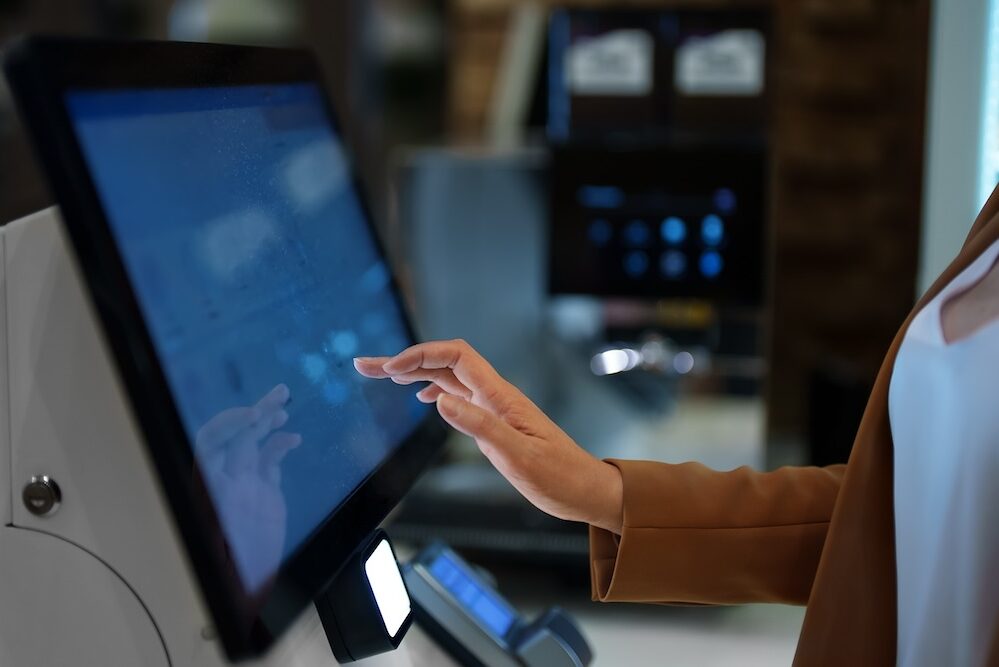As digitisation continues with its global takeover, the list of ordinary day-to-day tasks we can complete virtually, remotely – whatever you want to call it – continues to grow and grow.
You don’t have to be that old to remember a time when mailing someone meant pen, paper and a stamp, payments were mostly made in notes and coins, and a phone call involved picking up a contraption wired into the wall. But all of that, and a lot more besides, has changed radically in the space of just a couple of decades.
One of the biggest changes has been the gradual erosion of having specialist devices to do specific jobs. The first mobile phones might have gotten rid of the wires, but they were still mainly devices for making phone calls on. It’s a fair bet to say that phone calls take up just a fraction of the time the average smartphone user spends on their device.
Smartphones are the ultimate example of how digital technology can turn single devices into all-purpose hubs, a pocket-sized personal computer, a digital organiser and an entertainment suite in the palm of your hand. But it does make you wonder if something the size of a mobile phone can do so much, what about other types of hardware? What about kiosks, for example?
Kiosk agility
For us, this is a rhetorical question. As kiosk manufacturers, we know that kiosks can do pretty much anything you want them to do. It’s one of the great strengths of the format. Such agility is built on the same core components as smartphones – a computing core, a user-friendly touchscreen interface, and networked connectivity.
In fact, because of their larger size, kiosks can do more than smartphones. Much more. With a mobile handset, you have limited space for adding peripheral hardware. You can just about manage a camera, an SD card slot, a couple of connection ports and that’s it. But with kiosks, it’s a very different story. Printers, scanners, biometric modules, card readers – if you can build it, you can plug it into a kiosk.
And yet, for all that flexibility and possibility, most kiosks remain single-purpose. Checkout and ordering kiosks in shops and restaurants. Information kiosks in public buildings. Identification and access control kiosks in offices buildings, schools etc.
So the question is – why? It’s not down to any lack of technological capability. With our modular build process, Acante can custom-build kiosks to serve any combination of purposes. So what’s holding things back?
Software catching up
The likely answer can probably best be explained by going back to the smartphone comparison. Smartphones have one thing which kiosks don’t have yet – an app store. The Google Play store in particular, and the open source Android ecosystem it is built on that allows any developer to easily build a piece of software to run on an Android device, help explain why smartphones have evolved to become the digital Swiss Army knives of the 21sth century. Open architecture means you can in effect plug and play any software functionality you like into a piece of hardware. And that opens the door to device multi-tasking.
The kiosk market hasn’t reached that stage yet. Most kiosks are built with a single purpose (or at least a limited set of purposes) in mind. They have proprietary software installed to serve those purposes, and that’s the job they do.
But we expect things to change going forward. And we can see two key drivers of that change. One is adding value to the end user. Digital tech is all about layering convenience on convenience. If, as they place their order at a QSR kiosk or go through supermarket self-checkout or book in for a GP appointment, you give people options like top up the eSIM on their phone or order a taxi or digitally sign an official document, it adds to the level of convenience provided. And gives people more reasons to use a kiosk.
Second, it makes sense for businesses and organisations rolling out kiosks to join together and combine services through shared hardware. It cuts down costs, it cuts down use of space, and it cuts carbon footprint. The key lies in establishing what kinds of services work best together, and how and where they can best be provisioned to deliver the best user experience possible.
Once that case is made, the software integration will follow. And once the ball starts rolling, as we found with the smartphone takeover, it will not be long before multi-purpose kiosks are the norm.




